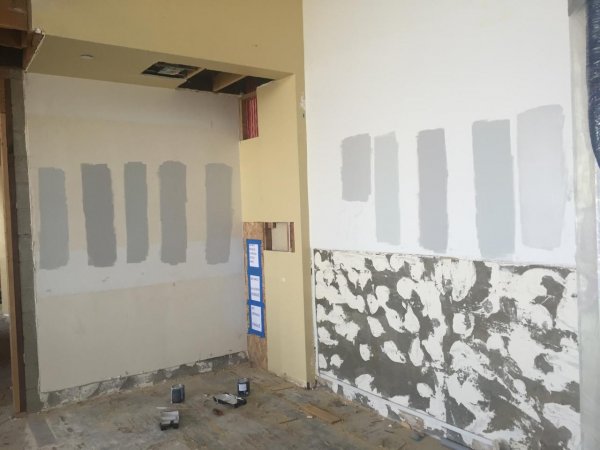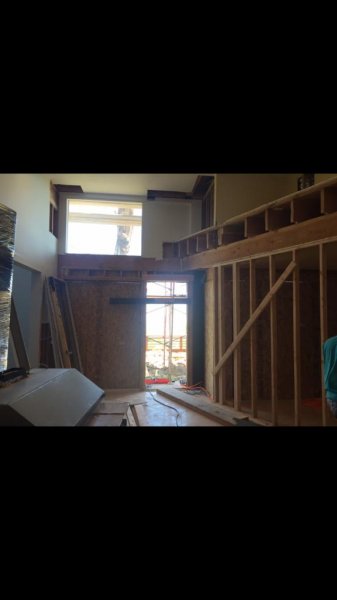That is interesting background information of which I was not aware.
What is also interesting to me is that Flemming uses this driver as a full-range driver starting at 200 Hz (the AMT comes in at 18 kHz), and Gary uses it as a mid-range driver starting at 100 Hz, with the line array of round tweeters above.
What is also interesting to me is that Flemming uses this driver as a full-range driver starting at 200 Hz (the AMT comes in at 18 kHz), and Gary uses it as a mid-range driver starting at 100 Hz, with the line array of round tweeters above.



